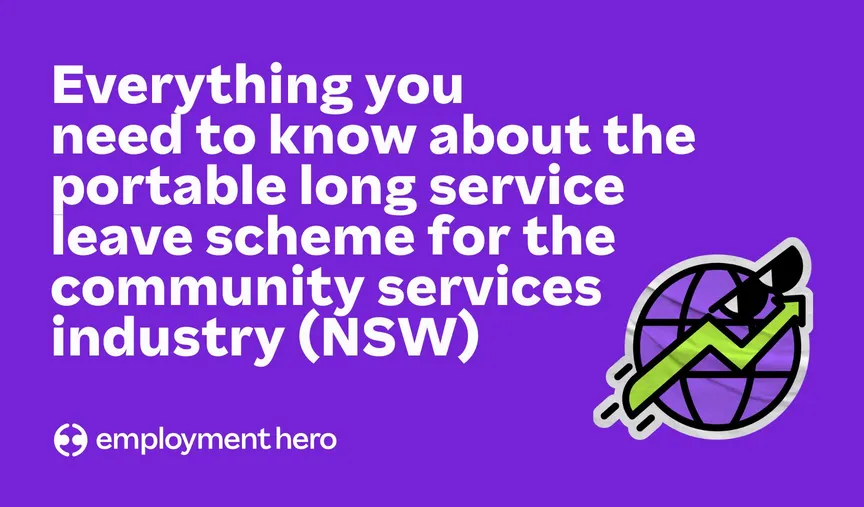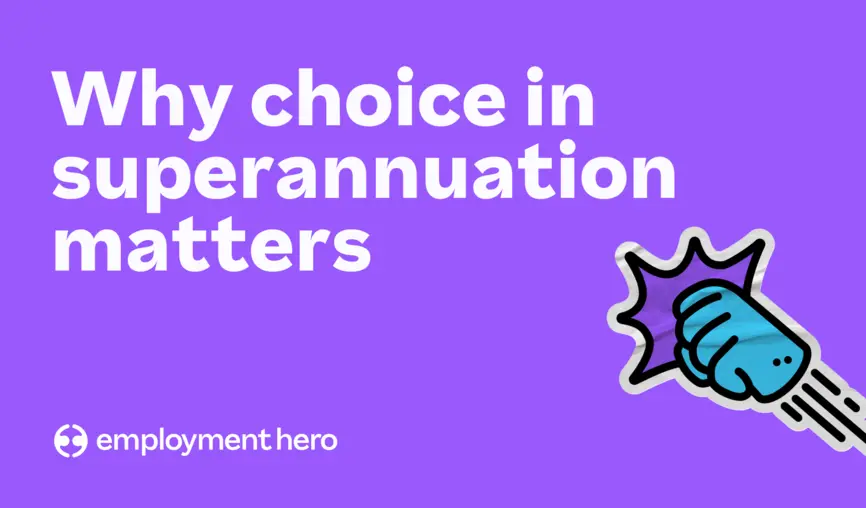What is Competitor Research?
Learn how to use competitor research in your business by understanding what it is and how you can leverage the information.

Contents
If you want to make sure your business is the best at what it does, you need to know your enemy. Don’t worry, it’s not as ominous as it sounds! Today’s economy is driven by competition. Customers are constantly bombarded with choices, and you need more than a good product or service.
You need a point of difference, a unique offering that allows you to stand out from the crowd. This is where understanding your competitors becomes business critical.
How can you stand out if you don’t know what you’re up against? Time to introduce a little something called competitor research.
While some organisations spend big dollars gathering intelligence on their rivals, the good news is – you don’t have to. In fact, assessing the competitive landscape doesn’t have to be an expensive, lengthy or overly complicated task in any sense.
So, what exactly is competitor research and how can you use it to your advantage? Let’s take a look.
What is competitor research, exactly?
Competitor research, or competitor analysis, is the process of gathering and reviewing information about your competitors. It helps you learn about the product offerings, sales and marketing strategies of businesses similar to yours so you can improve or differentiate your own.
Ensuring you have a good understanding of the playing field gives your business a leg up. Your successful competitors are doing something right. If you can figure out what they do better than you and why you might choose to beat them at their own game.
On the flip side, competitor research will also show you what they’re not doing so well. Now you can avoid the mistakes they have made or fill gaps in the market. A little insight can go a long way.
Understanding your competition
The first step to competitor research is understanding who you’re competing against. That is those businesses that have the same or a similar offering to you, that compete in the same market and target the same customer base.
Chances are you have a lot of competitors, so who should you focus your attention on? There are two primary types of competitors; direct and indirect.
- Direct competitors sell the same product as you in the same market. Every dollar a customer spends with them is a dollar you’ve lost. These are the businesses you’ll want to look at closely.
- Indirect competitors sell a different product to yours but target the same customers and potentially satisfy the same customer need. While indirect competitors shouldn’t be your focus, you’ll need to keep an eye on them in case they change direction and pose more of a threat. You might like to draw up a list of your top 10 competitors that you’ll actively get to know.
How to conduct your own competitor research
Conducting your own competitor research doesn’t need to be an expensive or lengthy exercise. It can be as simple as collecting as much information as you can from what’s available in the public domain. Start where all good searches begin…Google.
The internet has a wealth of easily accessible information waiting for you to explore.
Check out your competitor’s website, sign up for their e-newsletter and set up a Google Alert, so you’re notified when they’re mentioned online. The trick is to think like your ideal customer, that way you will see what the market loves about your competitors.
If they have a physical store, make sure you pay them a visit. You could even go so far as to purchase one of their products (online or in person); your experience will give you great insight. Unsure what to look for exactly? Don’t worry – we’ve got you covered.
Here are three areas of your competitor’s business to focus on.
1. Products or services on offer
Take a good look at your competitor’s product or service offering. Like you, this is why they’re in business.
Remember to think like a customer (and try your best to drop the bias towards your own offering).
- What products or services do they sell?
- Are products sold individually or packaged together?
- Is the range more or less extensive than your own?
- Is the product of better or worse quality than yours?
- Are the price points lower or higher than yours?
Reflect on what sets their product apart from yours and others; how could this be useful to your own product development?
2. Sales strategy
It’s useful to take a look at your competitor’s sales strategy. That is, what channels do they use to get their products and services into the hands of customers? They may have an online store, retail premises or work through a distributor. They might use a combination of all these things.
What can you learn from what they’re doing well or not so well?
- How do they get their product to market; does it work?
- How does their website or store look? Is it more appealing than yours?
- What do their delivery timelines look like?
- Where are the gaps? Is there a different strategy you could try?
You can also flip your thinking here and ask your own customers questions like;
- Who else did they consider buying from? Why?
- What made them choose your product over a competitor? (or vice versa)
- Would they recommend your product to a friend? Why or why not?
3. Marketing strategy
Consider how and where your competitors promote their products or service. The easiest place to start is social media. Follow your competitors on relevant platforms like Facebook, Instagram and LinkedIn.
Take note of how many followers they have, how often they post and how engaged their followers are.
Have a look at the customer sentiment in the comments, are they raving about their new purchase? or are they making complaints?
You might also want to investigate other marketing avenues your competitors are using such as:
- A Google MyBusiness Listing – do they have one, and if so, is it up to date? How many customer reviews do they have? Are they positive or negative?
- Local outreach – do they actively take part in their local community? Perhaps they sponsor a local sports team or have a referral partnership with a nearby business.
- Retail windows – if they have a physical store, what is their signage like? How do they draw the attention of those walking or driving past?
4. Marketing content
Now that you know where and how your competitors are promoting their products or services, the next step – and perhaps the more crucial – is to look at what they’re saying.
- What customer problem or challenge do they address?
- What product benefits do they highlight?
- Do they focus on price or quality, or something else?
- Can their product do something yours cannot? (or vice versa)
This will give you clues on how your competitors view themselves in the marketplace and what they understand to be their unique selling points. You’ll find clues on just about everything from retail windows to product packaging.
Most telling however will be their marketing content; blogs, case studies and newsletters. Don’t forget a picture can tell a thousand words; look at the images they use on social media or their website.
5. SWOT analysis
Gathering intelligence is one thing, but to really benefit from all of the information you’ve got to hand, you’ll need to organise it in a way that you can use it. This is where a SWOT analysis of each of your top competitors can be really powerful.
SWOT stands for:
Strengths What are they really good at? From brand awareness and competitive pricing to speedy delivery—pinpoint their X factor. Can you improve on it?
Weaknesses Where do your competitors fall down? What gaps are they leaving? What negative things do customers have to say? These may well represent your biggest opportunity.
Opportunities It is likely that your competitor’s opportunities match your own, but who is in a better position to take advantage of those opportunities? Can they beat you to the punch?
Threats Again, it’s likely that anything threatening your competitor’s business is also threatening your own livelihood. Which business is better placed to withstand the challenge? This is all valuable information that can help inform your business plan, marketing and sales strategies and product roadmap. Make sure to benchmark your own business as well, so you can compare apples to apples. How does your business stack up?
Knowledge is power
Competitor research is all about getting to know who you’re competing against. It’s the process of gathering intel on your competitor’s products, sales and marketing so you can better understand how and why a customer will choose them over you.
To be of most value, treat competitor research as part of your process. It’s not something you do once and file away, but an ongoing activity that keeps you up-to-date with what’s going on around you. Keeping on top of your competitor’s processes can help you react to changes in the market earlier.
You don’t need to spend a lot of time or money; simply put yourselves in the shoes of a customer and take note of your experience.
Don’t forget to organise the information you’ve gathered so you can use it. We love the SWOT analysis; an understanding of your competitor’s strengths, weaknesses, opportunities and strengths. This roadmap to your competition, particularly benchmarked against your own, can help inform your next move.
After all, knowledge is power!
Related Resources
-
 Read more: NSW Government introduces Portable Long Service Scheme for the Community Services Industry
Read more: NSW Government introduces Portable Long Service Scheme for the Community Services IndustryNSW Government introduces Portable Long Service Scheme for the Community Services Industry
The NSW Government has introduced portable long service leave for the community services industry. Learn what it is and what…
-
 Read more: Payday Super changes: What we’re fighting to fix and why it matters to you
Read more: Payday Super changes: What we’re fighting to fix and why it matters to youPayday Super changes: What we’re fighting to fix and why it matters to you
Big changes are coming to how superannuation is paid in Australia. Here’s what we’re asking Treasury to seriously consider updating…
-
 Read more: Why choice in superannuation matters
Read more: Why choice in superannuation mattersWhy choice in superannuation matters
What could be coming when Payday Super hits and what Employment Hero is doing about it.











